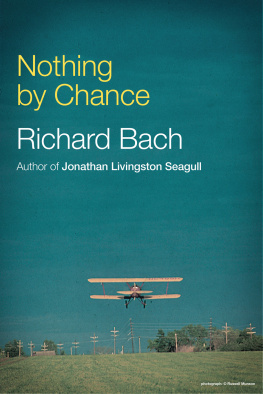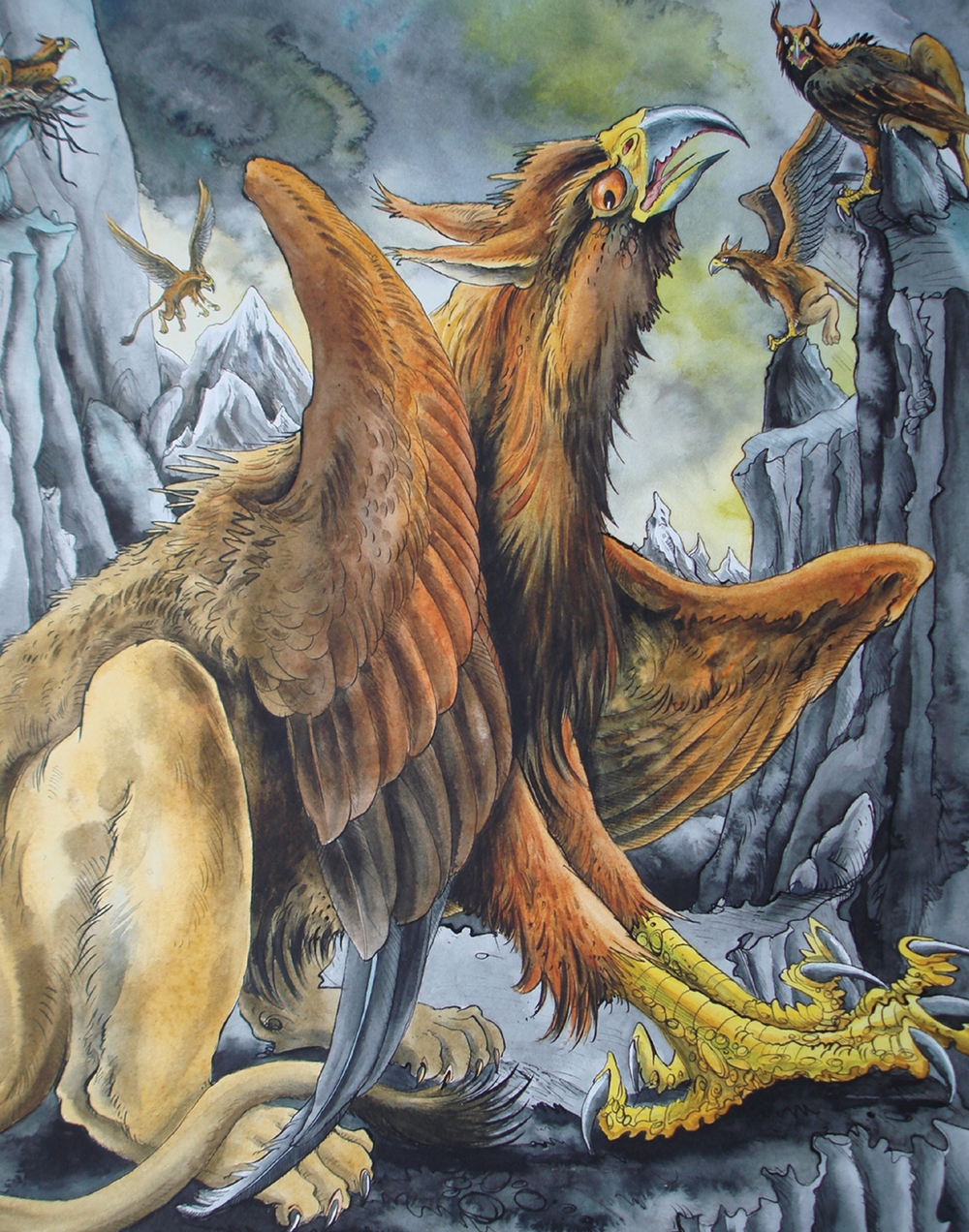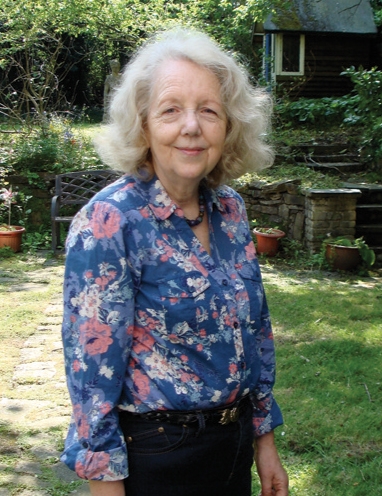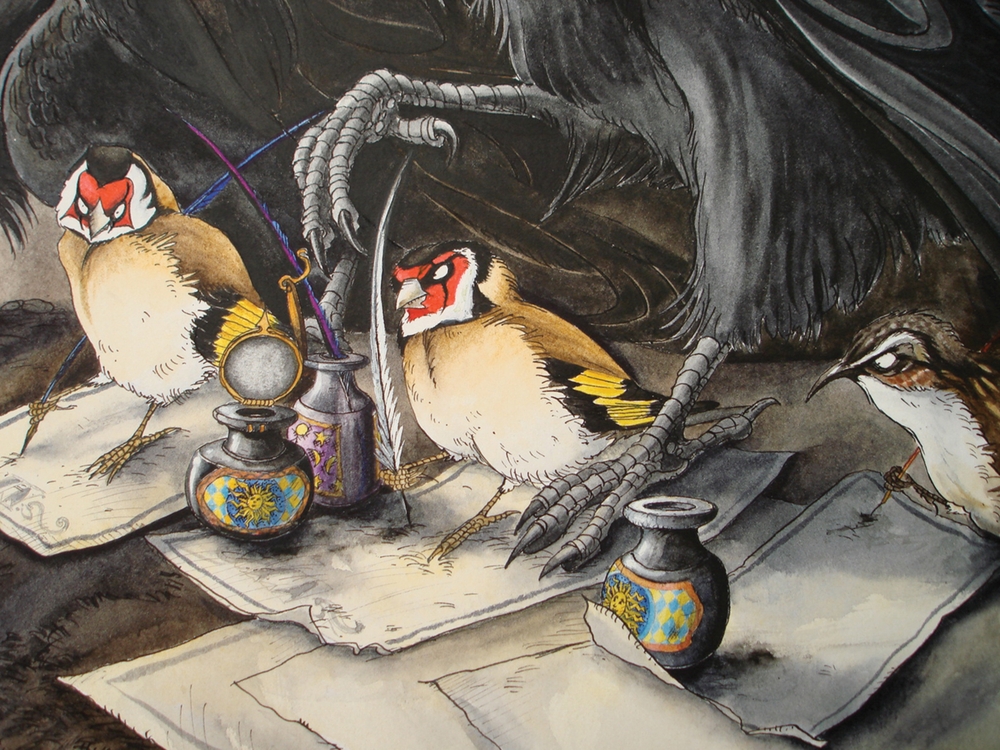There have been stories and pictures describing important, marvellous or traumatic events in the lives of civilizations going back as far as we are able to see. However, it was not really until the nineteenth century that books with pictures, specifically for children, were created in any quantity and even then it was not until the end of that century that this medium really began to take off. This was in part due to developments in printing processes and techniques but it was also due to a change in attitudes to children and their place in society. The great advances made in the nineteenth and early twentieth centuries in literacy among children and a gradual breaking down of class barriers offering education to most of the population also helped create a ready market for books for children.
Today one can visit any book store and choose a childrens book from shelf upon shelf of picture books; there are even entire shops specializing just in the stocking and selling of books for children. The childrens publishing world meets in Bologna, Italy, each spring where thousands of childrens books jostle and compete for attention and recognition. Now with advances in printing and the availability through the Internet of extremely competitive deals for self publishing it is probably easier than at any other time in history to produce and publish your own childrens book. So how does one go about this?
Well, of course, one needs to have an idea. This idea will need to be explored and developed through sketchbook work and the feeding in of knowledge garnered from reference material. Characters need to be created and developed so that they communicate exactly what it is that you intend. Next, these rough ideas and drawings will need to be processed into a dummy book so that one can see exactly, in rough, what this book could be like before investing hours and money in producing the illustrations for real.
Then one needs to think how to make the illustrations: what materials will be best to use, what paper, how big should the illustrations be, how many should one have and how should they be created? How will printing affect the way one produces these illustrations and how should the pictures and story be combined?
Once the book is going well, how does one go about finding a publisher to publish this book and at what moment does one approach a publisher?
Exactly how one can successfully accomplish all of these tasks is the substance of the following pages. In writing about how to illustrate books for children I have tried to give this task a natural continuity but this does not mean it is the only way to do it. Different illustrators work in various ways and there is not one single correct way of achieving this goal. However, what follows is a logical way of making a childrens book and away that works.
Throughout the book a variety of successful childrens illustrators are profiled; they talk about how they go about writing and illustrating their own books, each discussing their specific influences and how they manage to find inspiration and sustain their motivation through to the end of a project. Looking at how other illustrators go about the task of making an image or working on a piece of artwork can be inspiring and encouraging; looking at the variety of media and methods they employ reinforces the myriad ways of going about illustrating a book.
At the end of each chapter there are projects and exercises designed to help the illustrator work in a creative and productive way. Each project relates specifically to the subject matter of the chapter, and as a whole the projects can be viewed as a mini-course in illustrating a childrens book.
There is no mystery to illustrating a childrens book. It is not something only someone who has been good at art from the age of one month can do but it is something that calls for a great deal of commitment. Wanting, really wanting, to illustrate a picture book is half the battle. Having a good idea but more importantly recognizing a good idea from a clich is another must. Some confidence in yourself and your ability is useful and being disciplined and motivated is essential: one does not usually undertake and complete a project of this nature without the odd hurdle or three. Try not to give up too easily and try to be receptive to suggestions and advice. It is difficult to look again at work when one has spent ages, maybe days, on it but the amount of time spent on something is no guarantee of quality one can just as easily achieve this in a five-second drawing which for no discernible reason somehow just works!














